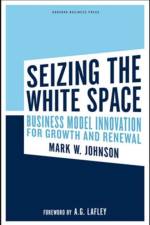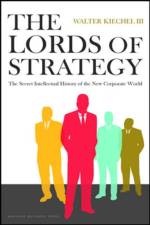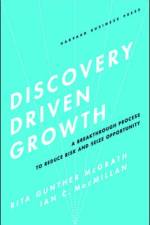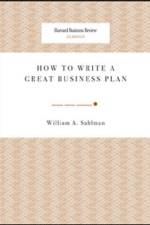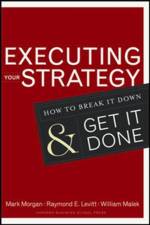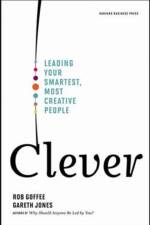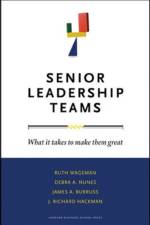- The Secret Intellectual History of the New Corporate World
av Walter Kiechel
347
Imagine, if you can, the world of business - without corporate strategy. Remarkably, fifty years ago that's the way it was. Businesses made plans, certainly, but without understanding the underlying dynamics of competition, costs, and customers. It was like trying to design a large-scale engineering project without knowing the laws of physics. But in the 1960s, four mavericks and their posses instigated a profound shift in thinking that turbocharged business as never before, with implications far beyond what even they imagined. In The Lords of Strategy, renowned business journalist and editor Walter Kiechel tells, for the first time, the story of the four men who invented corporate strategy as we know it and set in motion the modern, multibillion-dollar consulting industry:Bruce Henderson, founder of Boston Consulting GroupBill Bain, creator of Bain & CompanyFred Gluck, longtime Managing Director of McKinsey & CompanyMichael Porter, Harvard Business School professorProviding a window into how to think about strategy today, Kiechel tells their story with novelistic flair. At times inspiring, at times nearly terrifying, this book is a revealing account of how these iconoclasts and the organizations they led revolutionized the way we think about business, changed the very soul of the corporation, and transformed the way we work.


